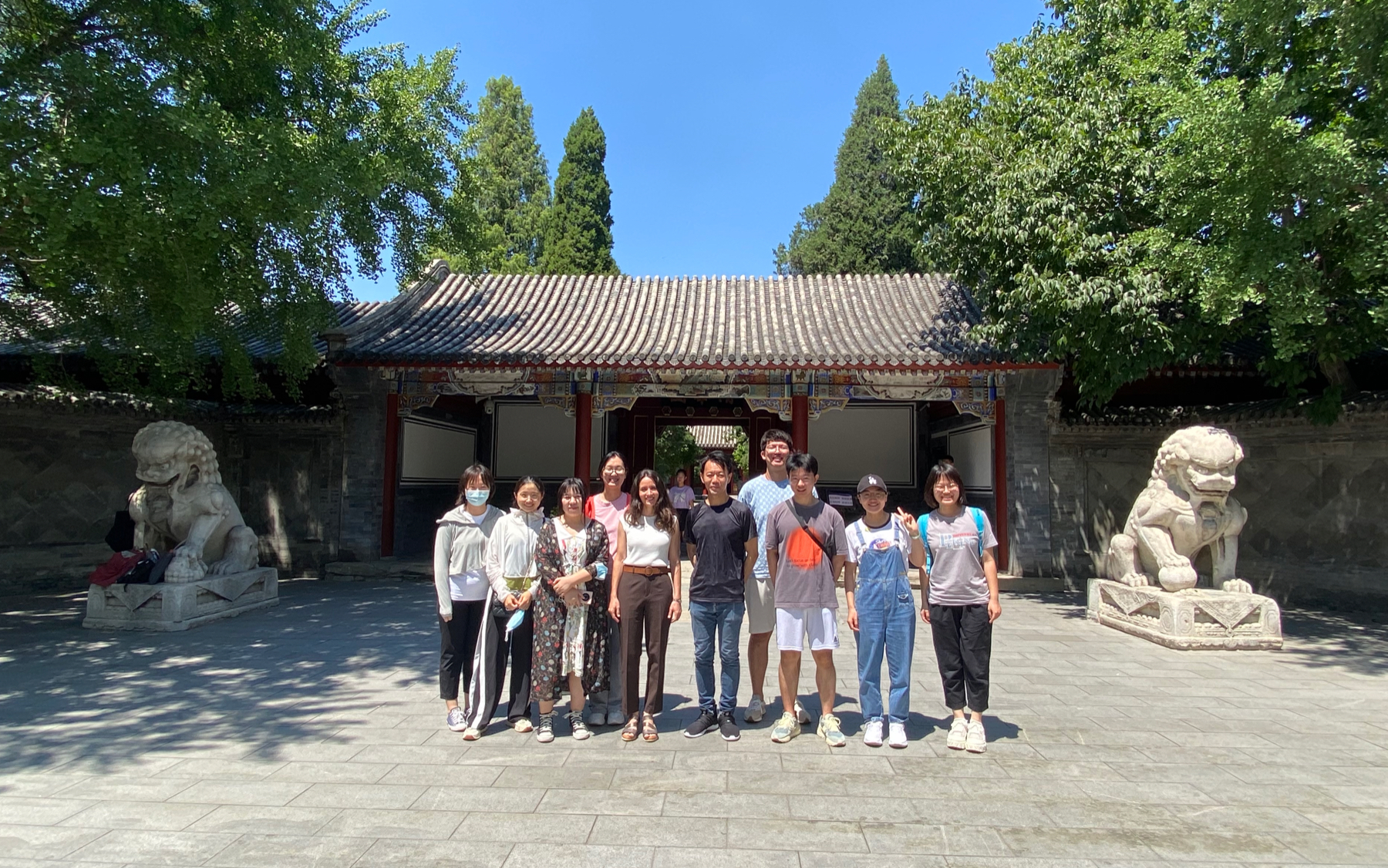The long term research goal of the Tsunada Laboratory is to reveal the behavioral and neural mechanisms of vocal communication and its disorders. Vocal communication plays an important role in maintaining group cohesion and social bonds of both humans and many animal species. A key feature of human conversational communication, however, is our ability to flexibly modify and control our speech depending upon the communicative context, taking into account recent history, conversational contents, as well as the specific speakers and listeners involved. Despite a long history of behavioral and neural studies on vocal communication, it remains poorly understood what behavioral and neural mechanisms enable us to control vocal interactions according to the communicative context. We aim to demonstrate the underlying behavioral and neural mechanisms of normal social vocal communication using a highly vocal primate species, marmoset monkey。A better understanding of the mechanisms of normal vocal communication will inform our understanding of how and why patients with mental (e.g., schizophrenia) or developmental (e.g., autism spectrum disorder) disorders have problems in vocal communication, thereby contributing to develop new therapeutic approaches to improve their communication.

